
Editor’s Note: Roger Phillips bought his first mountain bike in 1989 in Kodiak, Alaska, and the sport has changed drastically over the intervening years. While Roger is a regular contributor to Singletracks.com, any opinions expressed in this article are his alone and do not necessarily represent the opinions of Singletracks.com.
Modern mountain bikes are epic feats of engineering like Ferraris, Ducatis, and Raptors. If you want to play, you have to pay, and I’m fine with that.
I’ve heard complaints about mountain bike prices for decades, and I’d be lying if I said I have never uttered similar, or worse ones. Years ago, I paid $3,500 for an aluminum Santa Cruz Blur on a close-out sale at a bike shop, and swore it would be my last mountain bike.
I figured I would ride it until the wheels fell off, and then quit the sport and move onto something less expensive. Mountain biking had priced me out, and that was my exit strategy… but it didn’t work out.
I had so much fun on that bike that a few years later, I upgraded to a carbon Blur frame, which I bought on closeout direct from Santa Cruz. Then a couple years after that, I picked up my current ride, a Bronson, used off eBay.
After a few upgrades and splurging on a new set of custom carbon wheels, I have about $5,000 into that used bike, but if I had to replace it and pay retail, it would probably run between $8K and $9K.
Regrets?
None.
But this isn’t about me. It’s about the supposed high cost of mountain bikes–and don’t get me wrong, I’m not saying they’re inexpensive.
[see_also id=”198087″][/see_also]
I recently read Bike Magazine’s annual “Bible of Bike Tests,” and the bikes tested averaged about $5,000. They’re definitely not cheap, but I think they’re worth the fat price.
Consider this: Let’s say modern mountain bikes didn’t exist, and you’re an engineer who had to build one from scratch. It would have to weigh 30 pounds or less, and safely carry a 200-pound man down a mountain trail at 20 to 30 miles per hour over roots, rocks, jumps, and drops. After you’ve built the frame, you add wheels, tires, a fork and shock, disk brakes, multi-gear drivetrain, and a hydraulic dropper post.
After you’ve built a bike stout enough to get down the mountain in one piece, you need to design it to be efficient enough that an average weekend warrior can pedal it back up the mountain.
Now take that design to NASA or DARPA (the R&D branch of the military) and ask them to build you one for $5,000–actually less, because you have to factor in dealer mark up. How about Ford, GM, or the big-four Japanese motorcycle makers?
Any takers?
Nope, not going to happen. Too much money in R&D and manufacturing for too little profit.
But a bunch of guys have done it in their garages.
It’s taken them nearly four decades, but through constant tinkering, improving, and innovating, the mountain bike industry has built that bike.
And they haven’t exactly gotten rich in the process. It’s been a labor of love. I have no quantifiable evidence to back this up, but it’s a safe bet the finest minds and hands in the mountain bike industry could make more money if they used their skills in other industries.
Now consider what else you get for that $5,000. You get a bike you can ride any place. No gas, license, registration, or insurance needed, and you don’t even need a mountain to have fun on it.
If you ride enough, you’re probably going to lead a pretty healthy lifestyle. What’s that worth? Put in a few solid rides a week and you probably won’t need a gym membership. Just for fun, subtract that gym cost from the price of your bike.
You’re probably going to hang out at the trailhead after your ride and drink a beer or two with your riding buddies, then head home because your ass is worn out. That means no big nights on the town. How much did that just save you? Go ahead and subtract it from the cost of your bike.
See where I am going with this?

Oh, and that bike you bought five years ago for thousands less than the current cutting-edge bikes? You could probably replace it with a similarly spec’ed bike for about the same price, or less, thanks to trickle-down technology.
That aluminum Santa Cruz Blur that I paid $3,500 for on a close-out sale? Its replacement (the 5010) is currently available with similar components for about $3,000.
So yes, modern mountain bikes are expensive, but when you’re plummeting down the mountain with a giant grin on your face, do you feel ripped off?
I didn’t think so.













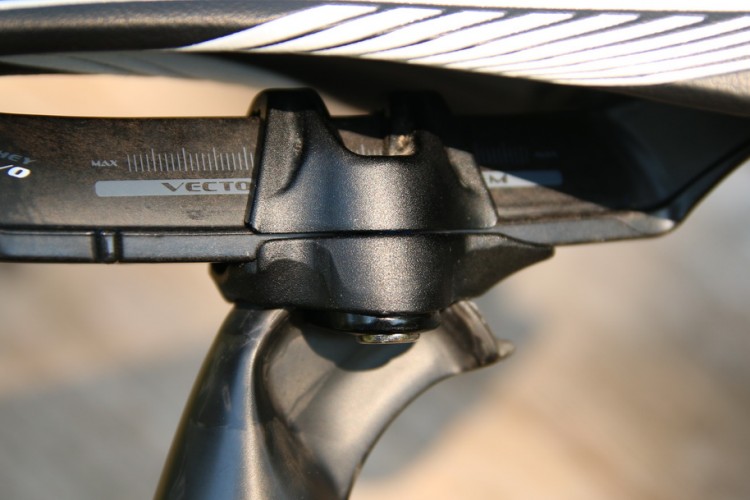
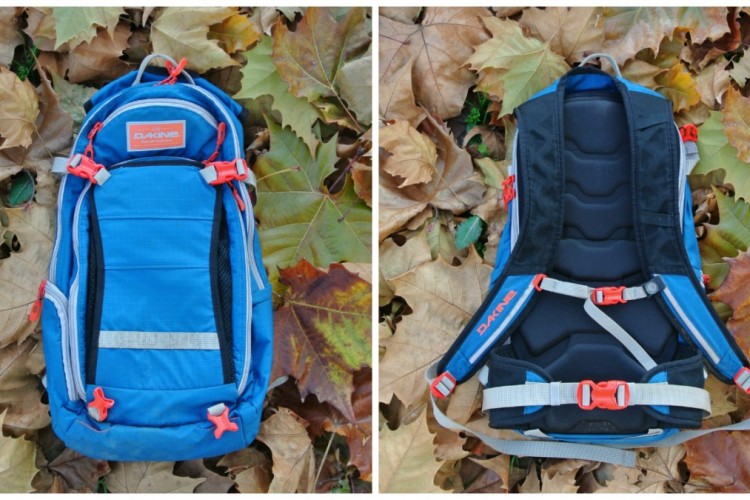


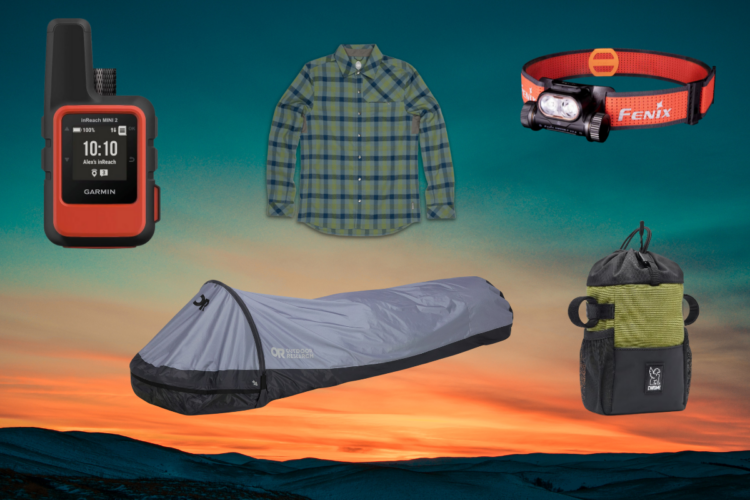
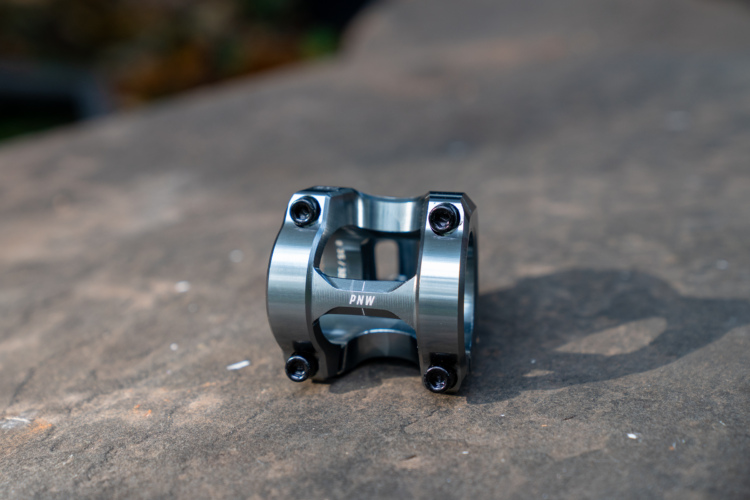
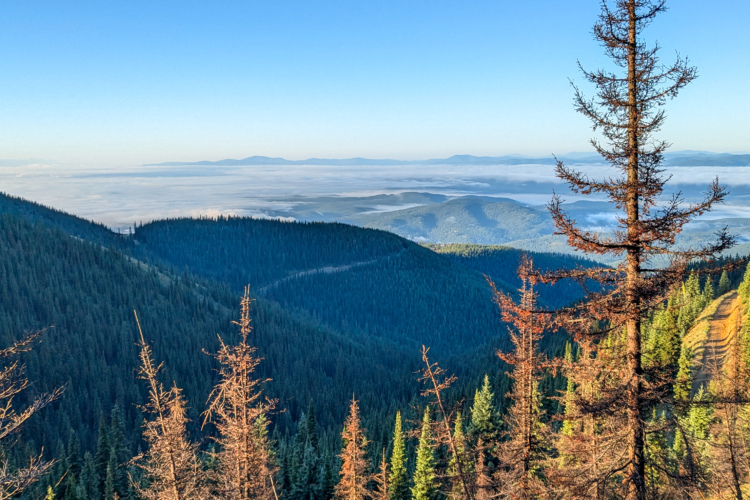

7 Comments
Feb 2, 2017
Feb 2, 2017
Feb 3, 2017
Feb 3, 2017
I think people get frustrated when they want something and can't afford it. Also they worry if they really made the best possible choice with their limited funds out of the endless permutations. If it was never available, you would never worry about living without it. The best things about cycling come with every bike you buy regardless of price: Fresh air, outdoors, fun, exercise... all of the real reasons you ride. Don't let all of the detailed analysis of kit make you forget that. Don't get me wrong, get the best bike you can afford. But once it is purchased, go ride it and quit worrying about it.
Feb 2, 2017
Specialized Enduro 2015. The ultimate bike in every sense. Versatile. Fast. Stable yet playful. The only drawback: it isn't carbon. But honestly, does that really matter? Sometimes look at it and think "I wish I bought a carbon one" but when I am shredding down a trail, I realize it matters none.
MTB forever. Great article Roger Phillips.
Feb 2, 2017
And if you don't want to spend $5k, just be patient and buy that same bike in brilliant condition used for less than half the price. 4 months ago I bought a used Trek Stache 9 in mint condition for $1800 delivered. When the bike was released it was around $4k including taxes.
Feb 4, 2017